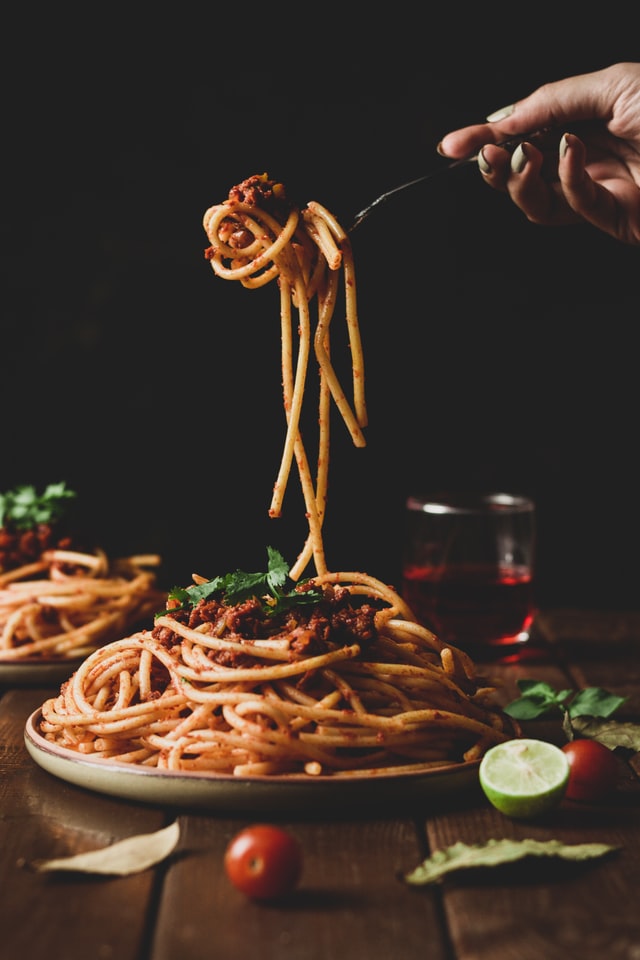Brown Rice, Bread, And Pasta Versus Their White Counterparts:
Science is a wonderful thing, with the efforts of the scientific community over the years we have learned a lot of new things which have helped us live a better life. But unfortunately, scientific inquiry is not wished fulfillment. There is still no consensus on probably billions of issues; an individual might encounter thousands of those in their lifespan.
Carbohydrates are one such issue.
As of now, there is no answer to question whether carbohydrates in diet are required or not. We don’t have any concrete evidence that eliminating carbohydrates might harm us, nor we can we be sure that it won’t harm us.
It is quite a conundrum, so what can an individual in search of optimal health do in this scenario?
After all, carbohydrates are a major source of energy for most; people are accustomed to eating some carbohydrates in the form of bread or rice with every meal. Should we stop eating them? Are they making us fat and unhealthy?
Well, it is impossible for bread and rice to be the sole reason for obesity or poor health. In fact, they actually do offer a lot of benefits even though the carbohydrate content in each is over 70%. There is no need to convert yourself into a human guinea pig and make the drastic change of eliminating them from your diet.
Whole Grains Are Better
The key to getting the maximum out of bread and rice lies in avoiding white bread and white rice and opening the treasure box of brown starches, including, rice, pasta, and bread.
Bread
The refining process removes most of the bran from the raw grain; this is the primary reason behind the superior health benefits of brown bread, made from whole wheat flour, over white bread, made from refined wheat flour. The bran contains a lot of dietary fiber which helps reduces cholesterol and the risk of heart diseases, along with several essential minerals and some vitamins.
Another important factor is the glycemic index (GI), which measures the speed at which the process of breaking down carbohydrates to glucose occurs inside the body. Foods with high GI cause a spike in your blood sugar which crashes quickly, making you feel hungry again. Bread made with 100% whole grain wheat flour has a much lower GI than bread made with refined wheat flour.
So the next time you are shopping for groceries, be sure to check the label of the bread and choose bread made with 100% whole wheat flour, i.e. brown bread. Although, never pick your bread based on the color; some manufacturers try to pass bread with 50% whole wheat flour content or sometimes white bread as brown bread by adding food coloring.
Pasta
As pasta is also made from wheat flour, you will be better in opting for pasta made with whole wheat flour instead of refined wheat flour. Many companies offer enriched white pasta which contains added vitamins and minerals. However, fortification of food with vitamins and minerals comes with its own set of complications; you are better off opting for whole wheat pasta over white pasta.
Rice
Similar to the refining process used to make white wheat flour, white rice is made by removing the germ, bran, and husk of the raw grain. Brown rice manufactured by removing only the husk, which ensures that most of the nutrients are retained. The US law requires white rice to be enriched with vitamins B1 and B3, and iron. Even then, brown rice offers a lot more benefit; it has a lower GI, more dietary fiber and more vitamins and minerals, even when compared to enriched white rice.
Again, picking up brown rice seems like the smarter choice, and sure enough, a 2010 study reported that replacing white rice with brown reduces the risk of developing type-2 diabetes.
Always get tested and if you think you have an issue talk to your doctor. He is the best source, not a blog.
All the best
Chef Murph
Tags: Chef K.T. Murphy, chef keith murphy, chef murph, Chef Murph TV, Chef Murphy, Chinese, food, Foodist Networks, Global Fusion Americana, Recipes
